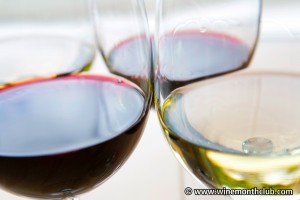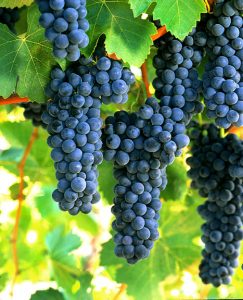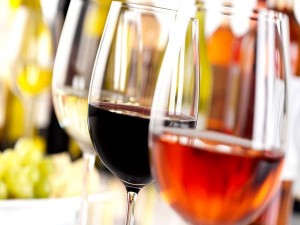We’re excited to be prominently featured on Top 10 Picks Reviews Not to Miss which recently posted a great article about ten of our monthly subscription services including our 2 Distinctive Cigar of the Month Clubs, as well as our wine, beer, cheese, chocolate, and flower clubs.
Pretty cool to get some nice ink as we celebrate our 30th year in business!
A Votre Santé!
Kris






